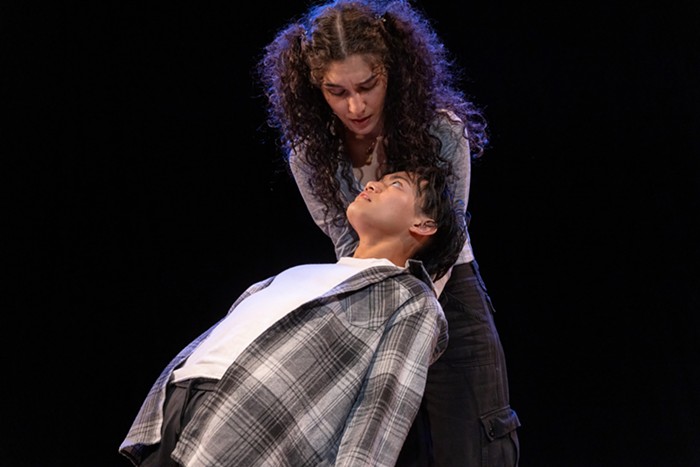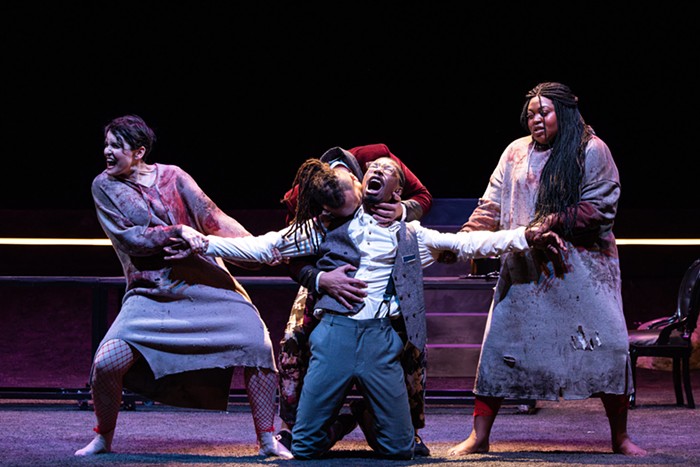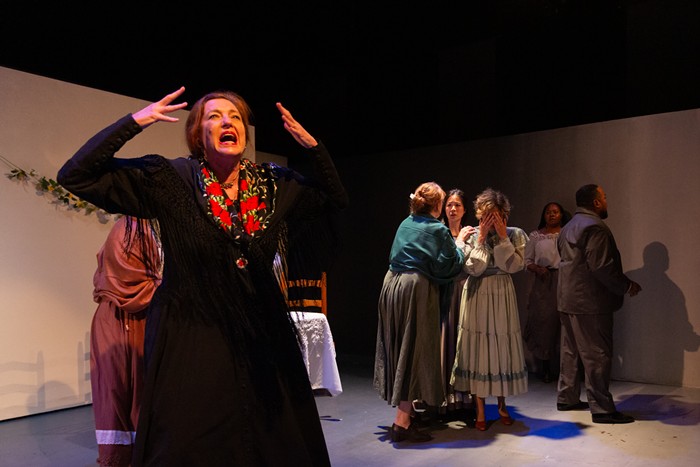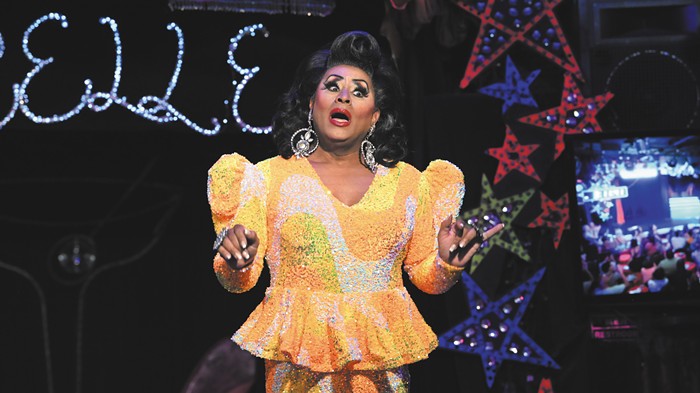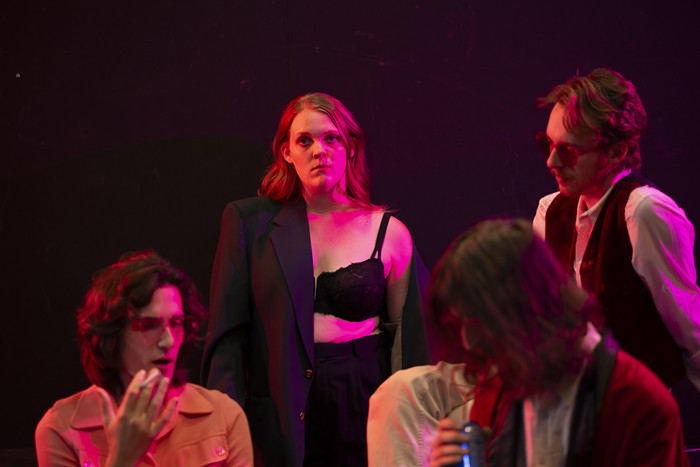A LOT OF PORTLANDERS are going to see Artist Rep's production of Long Day's Journey into Night, starring William Hurt and presented in co-production with Australia's Sydney Theatre Company, because it's the Theater Event of the Season™. And if you've already purchased your tickets and you're hoping to read about how powerful the show is, pick up any other publication in town. I am going to talk about how it made me sleepy.
Despite this production's high-profile backstory, Long Day's Journey remains a long-ass play, and a damn difficult one—I know I wasn't the only audience member who contemplated nodding off as a way to escape Journey's relentless dysfunction.
The show begins as a conventional enough domestic drama, but it doesn't take long for the drunken, bitter wraiths lurking within Eugene O'Neill's semi-autobiographical script to start pouring out. Hurt plays James Tyrone, a once-famous actor turned property owner and full-time drunk. His wife Mary (Robyn Nevin) has a not-so-secret morphine addiction; sons James Jr. (Todd Van Voris) and Edmund (Luke Mullins) condemn Mommy's little helper while finding their own comfort in Dad's. It's a mess of a family dynamic, further complicated by Edmund's poor health.
William Hurt's performance is—and this is a weird thing for a local theater critic to write about an Academy Award winner—underwhelming. Hurt's Tyrone has neither the elocution nor the presence one would expect from a lifelong actor. Compare Hurt's performance with that of Todd Van Voris', whose polished affect rubs completely off by show's end. The show's finest performance, though, comes from Australian actress Robyn Nevin—as Mary succumbs to her morphine addiction, she is incrementally transformed from a self-conscious housewife into a shambling, babbling junkie.
Director Andrew Upton finds some humor in O'Neill's script, and thank God, because the level of emotional intensity here is punishing. The characters' meanest feelings are dumped onstage to be excavated, sorted, and catalogued, a process that may well represent one of the theatrical high-water marks of the 20th century, but is nothing short of exhausting to sit through.

